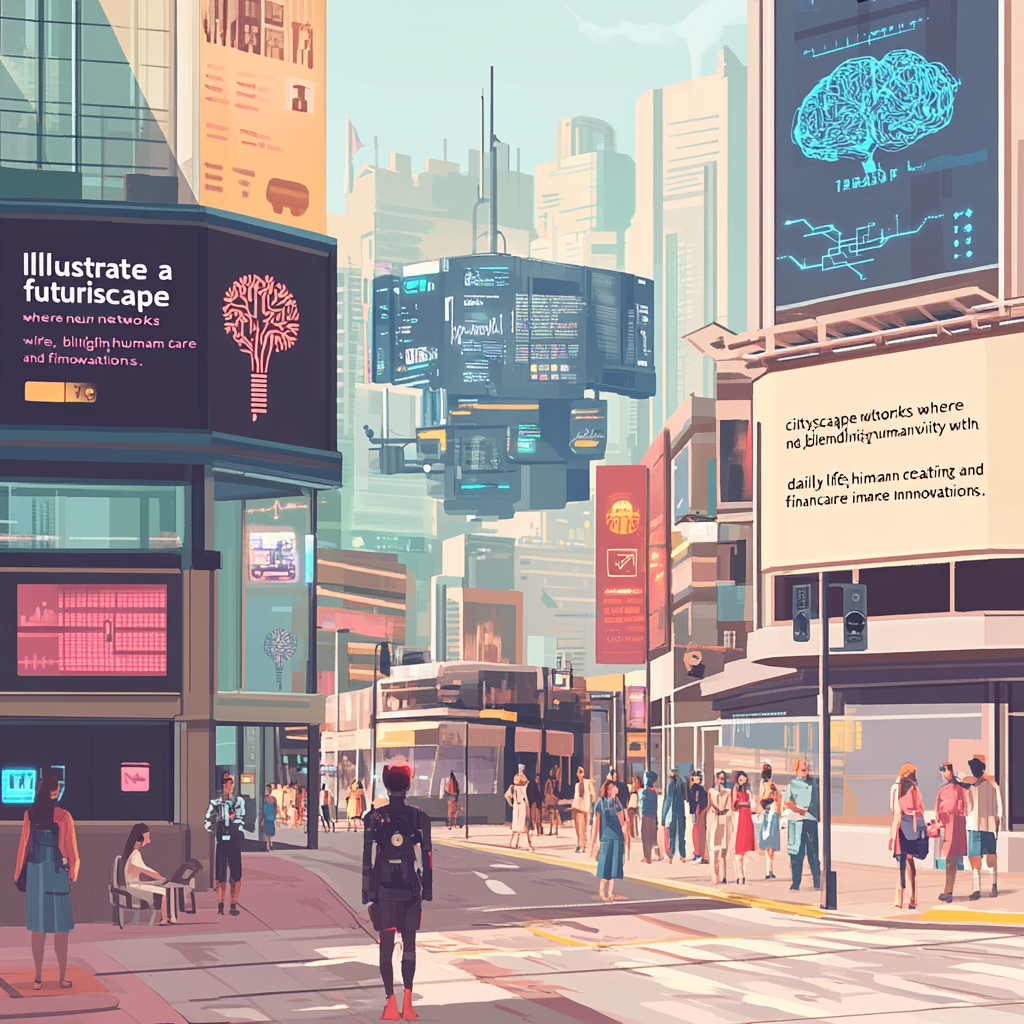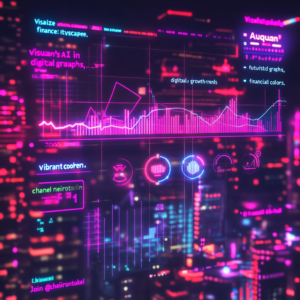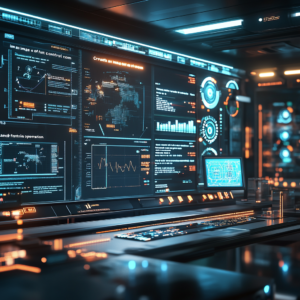
SpaceX Falcon 9’s 25th Launch Milestone
Mind Your Neural Networks: The Art of Automation
Alright, folks, gather ‘round; we’re diving headfirst into the electrifying world of neural networks and automation. Get comfortable because we're not skimming the surface—we're digging in deep to unpack some juicy tidbits that everyone seems to be buzzing about.
First and foremost, let’s clear the air. Neural networks are not some mystical wizardry designed by the socks you lose in the laundry. No, they are more like the brainpower of machines—an imitation, if you will. These little marvels are a subset of machine learning, where systems are inspired by the human brain. What do they do? They take heaps of data, run their fancy algorithms, and guess what? They teach themselves to predict outcomes with all the precision of a sharpshooter on game day.
Now, if you think you can waltz in with a few rows of numbers and expect the network to conjure up the answers, you’re sadly mistaken. It’s not so simple, my friends. The data you feed these networks needs to be, for lack of a better term, clean. You wouldn’t want to put sautéed onions on a cake, would you? No. So why throw in noisy, unstructured data? It's a recipe for disaster—like trying to breathe underwater.
Speaking of recipes, let’s whip up a model concoction! Start by gathering your ingredients: a well-defined problem, a plethora of data, and a sprinkle of patience. If you’re aiming for supervised learning, you’ll require labeled data. If you happen to be more of a free spirit, unsupervised learning speaks your language. Just remember, you need a solid training set to ensure your model has the best chance of turning into a culinary masterpiece rather than just a soggy sponge.
And here’s a hot take: the layers in a neural network are what make it potent. We’re talking about building a multilayered network, not a layer cake. Each layer processes information, gets more abstract, and refines the output. But let’s keep it real folks; if you throw too many layers in there, you risk descending into a sea of complexity ultimately destined to flop—like a soufflé gone wrong.
Now, let’s put our shiny models to the test. Validation and testing stages aren’t just footnotes; they’re the bread and butter. You’ve got to check if your hard work produces reliable results. This isn’t about vanity metrics; it's about stepping into a ring with real-world data. You wouldn’t wear a tuxedo to a mud wrestling contest, so don’t just throw your model out there without rigorously testing it first.
Let’s meander into the land of automation, shall we? If neural networks are the brains, automation is like the brawn. It’s all about taking the tasks that are dull, repetitive, and utterly mind-numbing off our plates. Think about bookkeeping, customer service responses, or even managing your email inbox—yep, automation can scoop up all that drudgery and create space for more engaging pursuits, like binge-watching your favorite series guilt-free.
Picture this: robots and software that handle mundane tasks while we sip our lattes in peace. But don’t kid yourself; automation isn't just about pressing the “easy” button. It requires a deep dive into understanding the processes you’re wanting to automate. The last thing you want is a glorified robot that has its own ideas about what its duties are. You’ve got to train that bad boy, much like you would a puppy. And like puppies, give them the right environment and they’ll learn to fetch.
And here’s a juicy tidbit—embracing automation isn’t merely about savings on labor costs or firing a jaw-dropping number of employees. That narrative falls flat real quick! Automation fosters innovation, freeing your creative juices to flow. Think of it as upgrading from crayons to fine art supplies: you can produce masterpieces instead of doodles!
However, let’s put on our skeptical hats for a moment. The fear of job loss looms large over automation discussions. True, technology can disrupt the market. Yet, it tends to create new job opportunities and roles too. Humans and machines can coexist and collaborate in unimaginable ways. Remember: machines are tools we wield; it’s a powerful partnership, not a battle.
You might be wondering, "How do all these neural networks and automation tools fit into this grand scheme?" Well, the answer is simple. They integrate more seamlessly every day, causing a friendly ruckus across various industries. Healthcare, finance, agriculture… you name it. The way we diagnose diseases, predict stock prices, or manage crop yields is all getting a makeover under the watchful eyes of these innovations.
In medicine, neural networks analyze images and data to identify anomalies faster than a human ever could. Sure, putting a robot in charge of surgery sounds like something straight out of a sci-fi flick. But, folks, it’s already happening. Not to sound melodramatic, but our very lives can depend on how well these systems can be trained and made to learn.
Meanwhile, in finance, algorithms literally remold the way we invest our pennies and pounds. The “trader” now works hand-in-hand with software that predicts market trends. Say goodbye to old-school guesswork; it's all about evolving with trends and insights sculpted by data analysis.
And let’s not forget about the creative fields. Algorithms are even painting, composing music, and telling stories. AI art? It’s not just a gimmick; it’s a powerful demonstration of how neural networks can mimic creativity. Is it scary? Yes! Is it magnificent? Absolutely! Nature and nurture interwoven with technology, producing surreal outcomes. Just imagine who could emerge from the shadows, armed with AI tools and neural networks, ready to push boundaries!
Now, all that said, technology holds immense potential, but it also comes with its share of pitfalls. Think about bias in data or the ethical implications of machine learning; it’s like walking a tightrope strung between innovation and potential disaster. It’s vital that we steer this ship with a steady hand, ensuring inclusivity and fairness in our systems so they don’t reinforce societal biases unwittingly. As users and developers, we carry the responsibility of crafting ethical protocols, making certain our creations help rather than harm.
So, with all said and done, it’s clear we’re living in a hotbed of innovation, where the confluence of neural networks and automation holds infinite promise for our future. Evolution is the name of the game, and it’s time to step up and be part of it. Get your neural network training wheels on, understand automation intricacies, and embrace the interconnection between the human touch and the mechanical advance.
Remember, as we surge forward, it’s not about competing with technology but integrating its prowess into our lives—with creativity, intent, and responsibility. That’s the mantra to embrace as we hurtle into an unknown yet thrilling future.
Want to stay up to date with the latest news on neural networks and automation? Subscribe to our Telegram channel: @channel_neirotoken.

